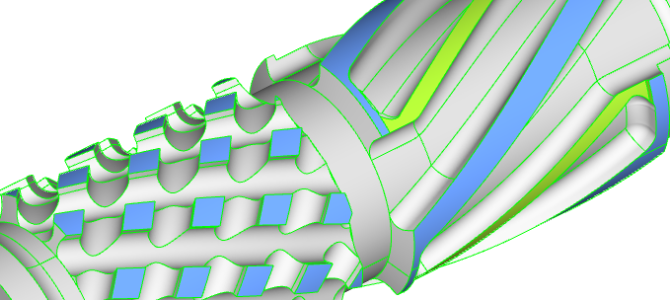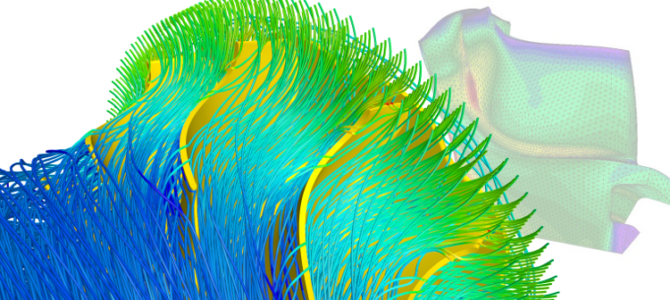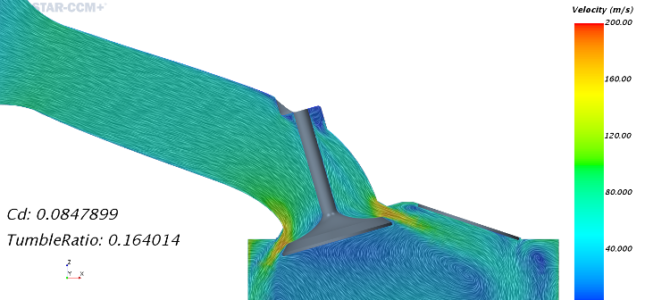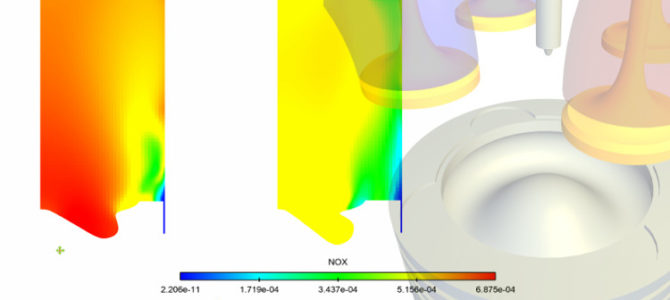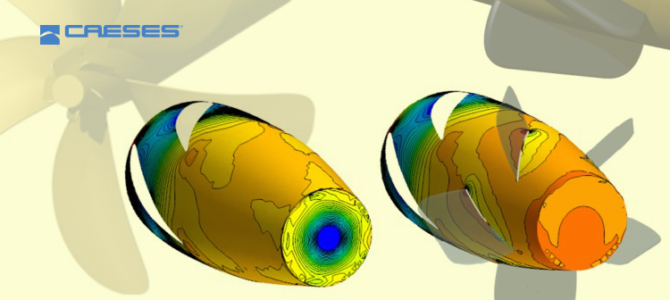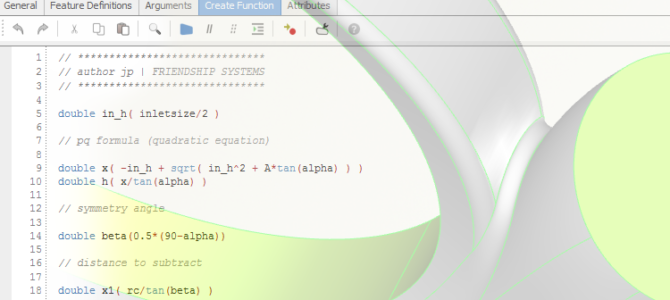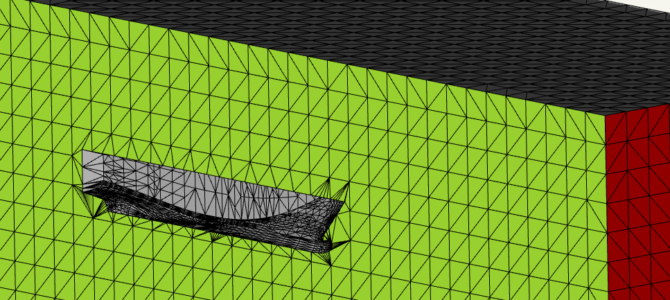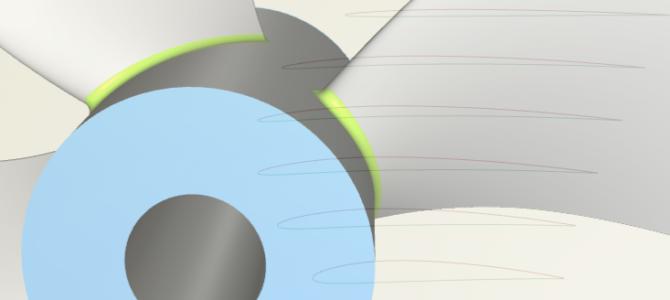Klaus Straka is one of our absolutely amazing CAESES® users, who is active in the field of polymer injection molding. In the context of fully-automated shape optimization with CFD (fluid flow simulation), he creates incredible parametric geometries with CAESES® that are…
